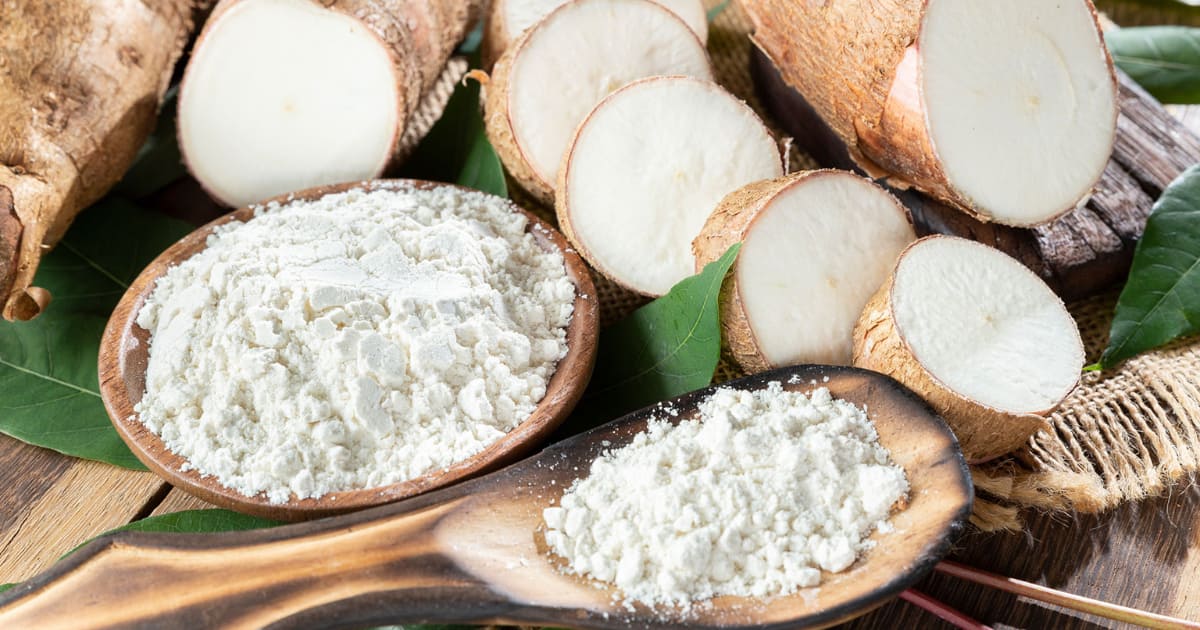Quick cooking tapioca, also known as instant tapioca or minute tapioca, is a form of tapioca starch made from the cassava root that dissolves rapidly in liquids. This makes it an excellent thickening agent for recipes like fruit pie fillings, puddings, and gravies.

Unlike pearl tapioca, which is often used for tapioca pudding, quick cooking tapioca consists of small, sand-like grains. These granules absorb liquid quickly and release starch to thicken the mixture.
Some other names for quick cooking tapioca include "tapioca granules," "instant pearl tapioca," and "60 second tapioca." Knowing these alternative names can help you locate quick cooking tapioca in the baking aisle.
Uses as a Thickener
One of the main benefits of quick cooking tapioca is that it thickens recipes without adding fat or gluten. This makes it a great option for people following gluten-free, keto, or paleo diets.
Tapioca starch offers some advantages over other common thickeners like cornstarch and flour:
- It thickens at a lower temperature than cornstarch, so it can help stabilize delicate ingredients.
- Sauces and fillings thickened with tapioca maintain their texture better when frozen, unlike cornstarch which can "bleed" moisture.
- It does not add any distinct flavor of its own to dishes.
These useful properties make instant tapioca a versatile thickener for fruit pies, cobblers, puddings, gravies, soups, and stews. It helps give body to the liquid while allowing the natural flavors to shine through.
Tips for Using in Baking
When making a fruit pie or cobbler, instant tapioca is the perfect way to thicken up the filling. For best results:
- Use 3-4 tablespoons of quick cooking tapioca per pie. More may make the filling too stiff.
- Let it rest for at least 5 minutes after mixing it with the other filling ingredients like fruit and sugar. This gives the granules time to soften and absorb liquid.
- Mix the tapioca with sugar before adding it to fruit. The granules won't fully dissolve, but this prevents clumping.
- Add tapioca to fillings at least 1 hour before baking so it has sufficient time to thicken.
- Grinding the granules to a fine powder in a blender further improves texture.
Substitution Options

If you find yourself without quick cooking tapioca, there are a few good alternatives:
- Arrowroot can be swapped 1:1 in most recipes calling for instant tapioca. It provides similar clear thickening power.
- Tapioca starch or flour requires half as much as instant tapioca. It dissolves more smoothly than the granules.
- Cornstarch replaces tapioca 1:1 but gives a slightly different texture. It doesn't hold up as well to freezing.
- ClearJel stands up to freezing better than cornstarch. Use half as much as instant tapioca.
While helpful in a pinch, these substitutes may alter the texture somewhat compared to true quick cooking tapioca.
Creative Recipe Ideas
Tapioca doesn't have to just be for pie or cobbler fillings. Get creative with these unique ways to use quick cooking tapioca:
- Make kid-friendly tapioca pudding flavored with fruit juices or brightly colored pearls. Let kids call it "fish eye pudding" for fun.
- For a sophisticated dessert, cook tapioca in strong espresso instead of just milk or cream. The coffee flavor comes through beautifully.
- Use the large pearls from bubble tea to make tapioca drinks at home. Any beverage works!
- Add tapioca to give salmon patties and other seafood cakes better binding and moisture.
- Mix with eggs as a binder for veggie burgers or meatballs with a light, fluffy texture.
With its neutral taste and excellent thickening power, the possibilities are endless for quick cooking tapioca! Keep some handy in your pantry for whenever you need to add body and texture to soups, sauces, desserts or drinks.
FAQ
How does quick cooking tapioca differ from pearl tapioca?
Pearl tapioca consists of small balls or pearls that maintain their shape when cooked. These chewy pearls are often used in tapioca pudding recipes. Quick cooking tapioca, on the other hand, is made from tapioca starch ground into an extremely fine, sand-like powder. The granules dissolve readily when heated to release starch and thicken liquids.
What temperature does tapioca thicken at?
One advantage of tapioca is that it can thicken recipes at a relatively low temperature - as low as 126°F. This allows it to help stabilize delicate ingredients that would break down with prolonged heating. It thickens more gradually than cornstarch, which requires high temperatures.
Conclusion
With its neutral flavor and excellent thickening capabilities, quick cooking tapioca is a versatile ingredient for making fruit fillings, creamy desserts, gravies, and more. Keep some handy in your kitchen to use in place of cornstarch, flour, or arrowroot when you need stable thickening power.
Get creative and use it to make fun tapioca puddings or add binding power to seafood cakes. With the proper techniques, quick cooking tapioca can help you achieve the perfect texture in all kinds of recipes.

